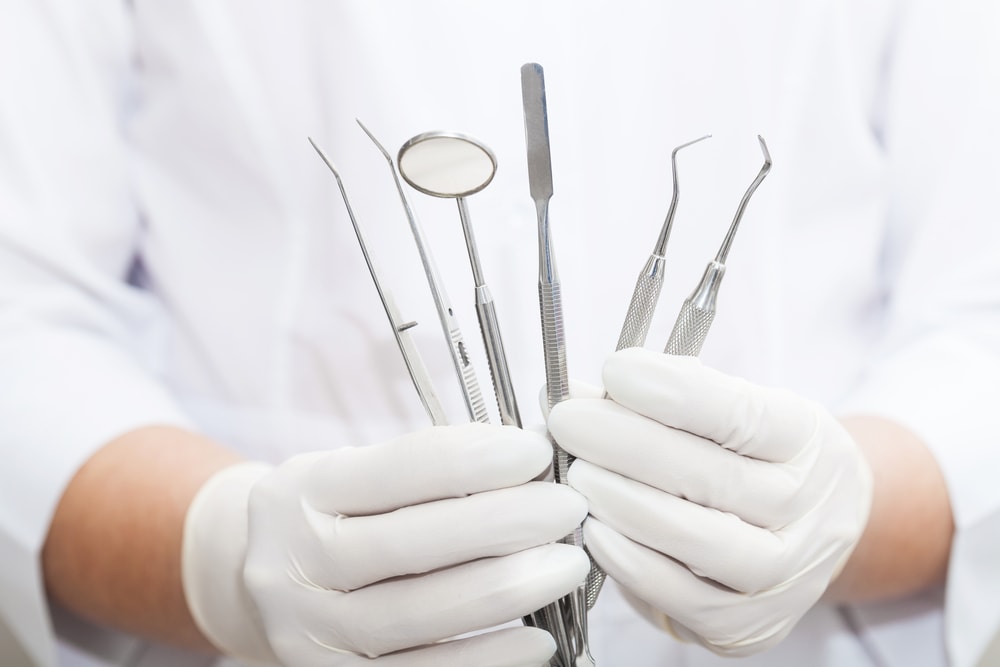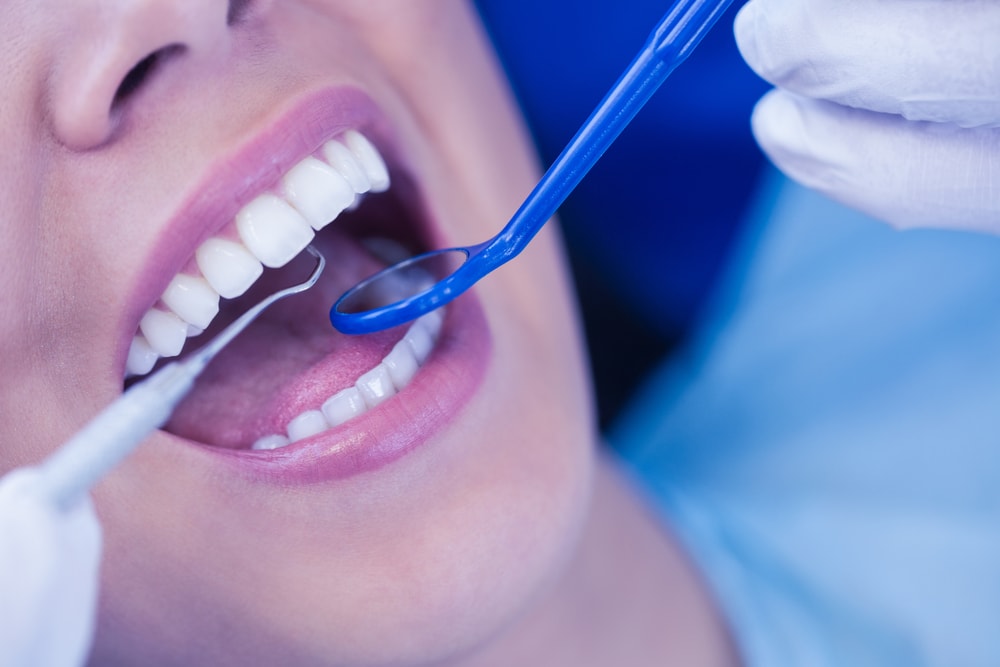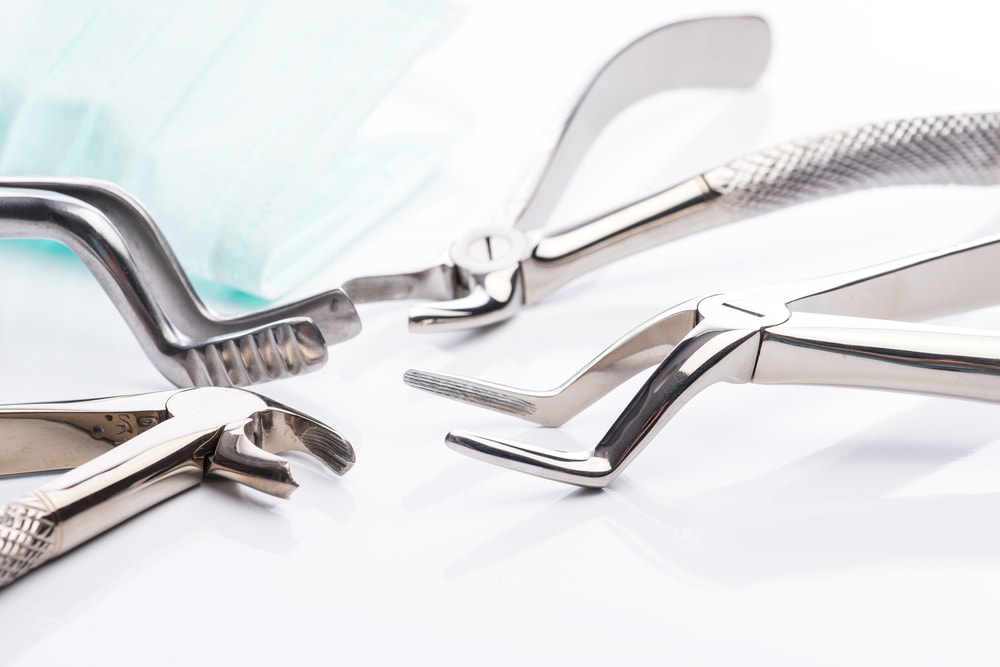
Fear and anxiety are feelings often associated with going to the dentist. A common cause of these feelings is the many unfamiliar aspects of the dental field, including the odd tools used in your mouth. To help alleviate some anxiety you may have at the dentist’s office, we’ll identify some of the most commonly used dental tools and explain what they do for your smile.
Mouth Mirror
The mouth mirror is probably the most recognizable tool that is associated with dentistry. It allows your dentist to see cracks, crevices, and hidden problems that may be lurking inside of your mouth. The tool has a tiny round, angled mirror at one end that is connected to an extended handle that is small enough to fit in a patient’s mouth without causing any discomfort. Dental mirrors can also be used to reflect light into an otherwise dark area in your mouth.
Sickle Probe
This tool has a smooth straight shaft and a curved, sickle-shaped, pointed end. Dentists use the tool as a probe to explore cavities or other weak places on the enamel of your teeth. It is most commonly used with the dental mirror to check for any abnormalities in hard-to-see areas of your mouth. Exploration tools like these allow your dentist to identify and repair small damaged areas now, rather than having to fix a major problem that may cause problems later.

Cotton Pliers
This device resembles an oversized pair of tweezers. The pointed ends are designed to cotton or gauze in-place into your mouth to reduce saliva or blood from accumulating during or after a procedure. Cotton pliers can also help increase visibility between your teeth and cheeks, so your dentist can examine your pearly whites from every angle.
Spoon Excavators
This tool normally has a shorter handle than the other tools mentioned, and is very slender even to the tip where it has a tiny spoon like shape. Spoon excavators are used to clean out a cavity to prepare it for a filling. There are a variety of different types of excavators, used in different areas and on different surfaces of the mouth. Though, their most common use is to help your dentist remove decayed dentin and other debris from your tooth prior to successfully installing your filling.

Extraction Forceps
This instrument is used to extract teeth that are not repairable due to decay, trauma, or disease. This tool somewhat resembles tweezers with 2 levers connected by a hinge. Extraction forceps may appear menacing, but they’re actuality designed to allow your dentist to apply enough force to remove your tooth from the socket as quickly and simply as possible. Local antiseptics are often applied to the area when a tooth is being removed to minimize patient discomfort.
Our friendly staff at Tendercare Dental in Tigard strives to make each of our patients feel comfortable and relaxed from the moment they step in our doors. We’re happy to answer any questions about our tools or procedures at any point during your exam. Our office is thoughtfully designed with your comfort in mind. Schedule an appointment with Dr. Marostica to experience the Tendercare difference!

Leave a Reply